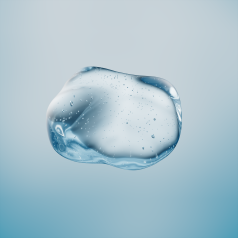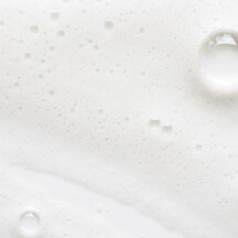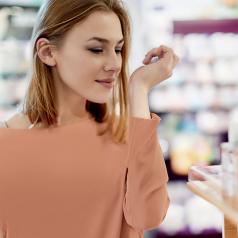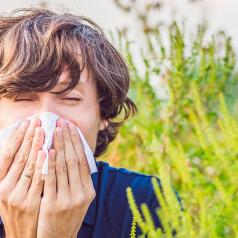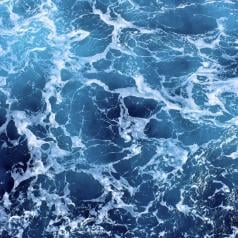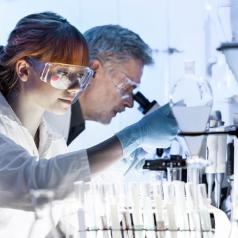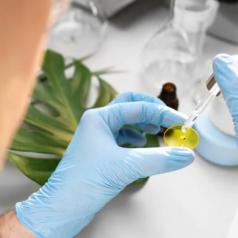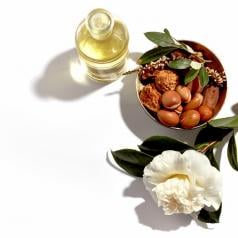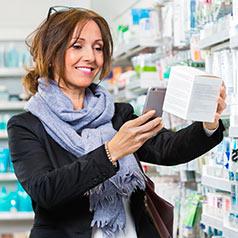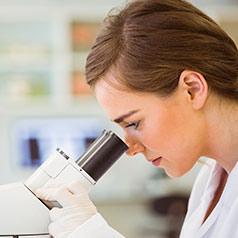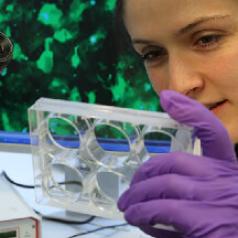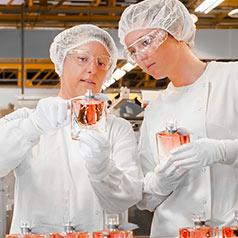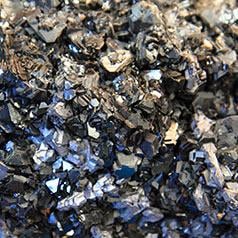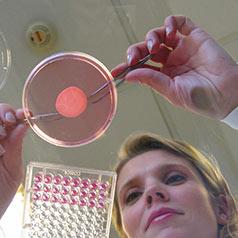CMR means Carcinogenic, Mutagenic, Reprotoxic. It defines a category of particularly dangerous chemical substances in their pure state, which alone or in mixtures can cause harmful effects to humans.
What is a CMR classification?
The European Union's REACh regulation (Registration Evaluation Authorisation of Chemicals) aims to protect human health and the environment from the risks of chemical substances. Within this framework, the CLP (Classification, Labelling, Packaging) regulation sets out rules for classifying and labelling chemical substances and mixtures; these rules are based on recommendations from the United Nations. In particular, they aim to protect the health of people required to handle these substances during their work.
These terms are defined in the regulations:
- Carcinogenic (C) refers to substances or mixtures which, if inhaled, ingested or absorbed through the skin, may cause cancer or increase the incidence of cancer.
- Mutagenic (M) refers to substances or mixtures which, if inhaled, ingested or absorbed through the skin, may produce or increase the frequency of hereditary genetic abnormalities.
- Reprotoxic (R) refers to substances or mixtures which, if inhaled, ingested or absorbed through the skin, may produce or increase the incidence of non-heritable adverse effects on offspring or impair reproductive functions.
CMR substances are classified in their pure (and therefore undiluted) state, according to three categories of effects: CMR1A (known effects), CMR1B (presumed effects), CMR2 (suspected effects).

How is it applied in cosmetics?
The European Cosmetics Regulation (n°1223/2009), which is among the strictest in the world, serves to protect the health of consumers. It provides for the prohibition of substances classified as CMR in cosmetic products, except in certain cases:
In the case of CMR2 substances: some are authorised when they have been evaluated as safe by the SCCS (Scientific Committee on Consumer Safety) under specific conditions of use.
In the case of CMR1 substances: some are authorised when they have also been evaluated as safe by the SCCS, with other conditions to ensure consumer safety, in particular proven safety of use in food and no suitable technical alternatives.
Since 2004, only 10 CMR substances out of almost a thousand have been granted a derogation for use in cosmetic products, based on their technical performance, efficacy and safe historical use confirmed by risk assessment. Among these substances, the supervised use of certain preservatives or solvents has been granted to the cosmetics industry because their essential use in formulation has been deemed acceptable given the exposure without consequences to human health.
Outside of Europe, regulations do not have a similar provision for CMR substances. L'Oréal applies the restrictions of the European regulations on the use of these CMR substances everywhere in the world where its products are marketed. Regardless of their composition, our products are systematically subject to a strict evaluation of their quality and safety on humans and their impact on the environment. This is a fundamental principle applied to all our products.


